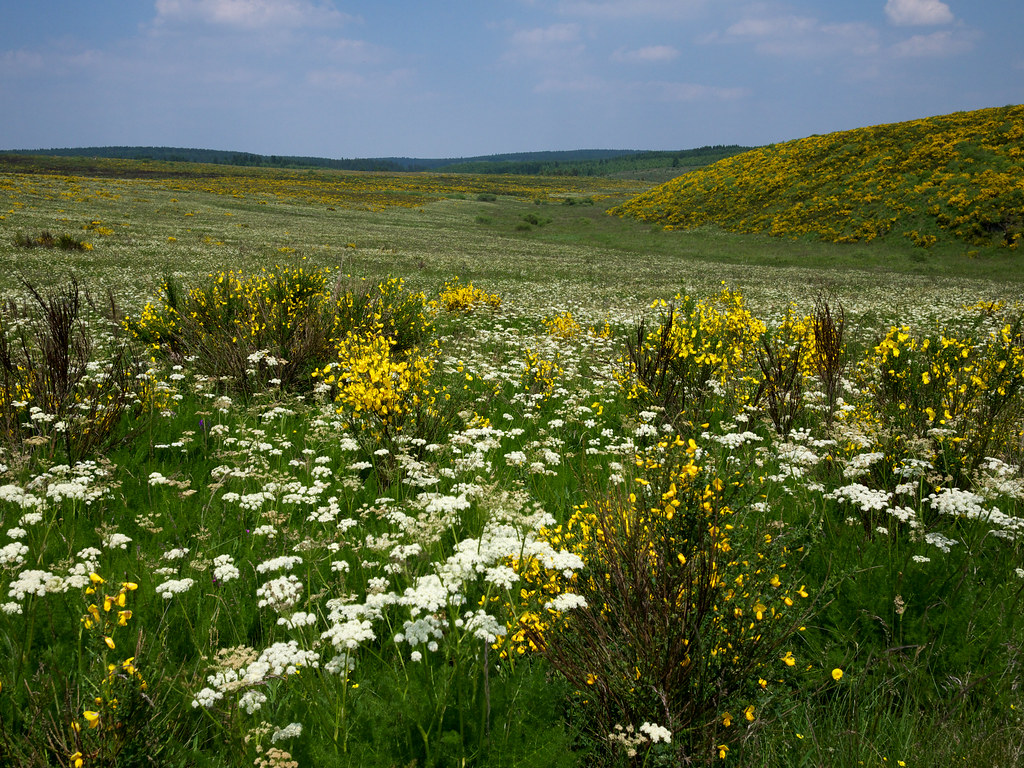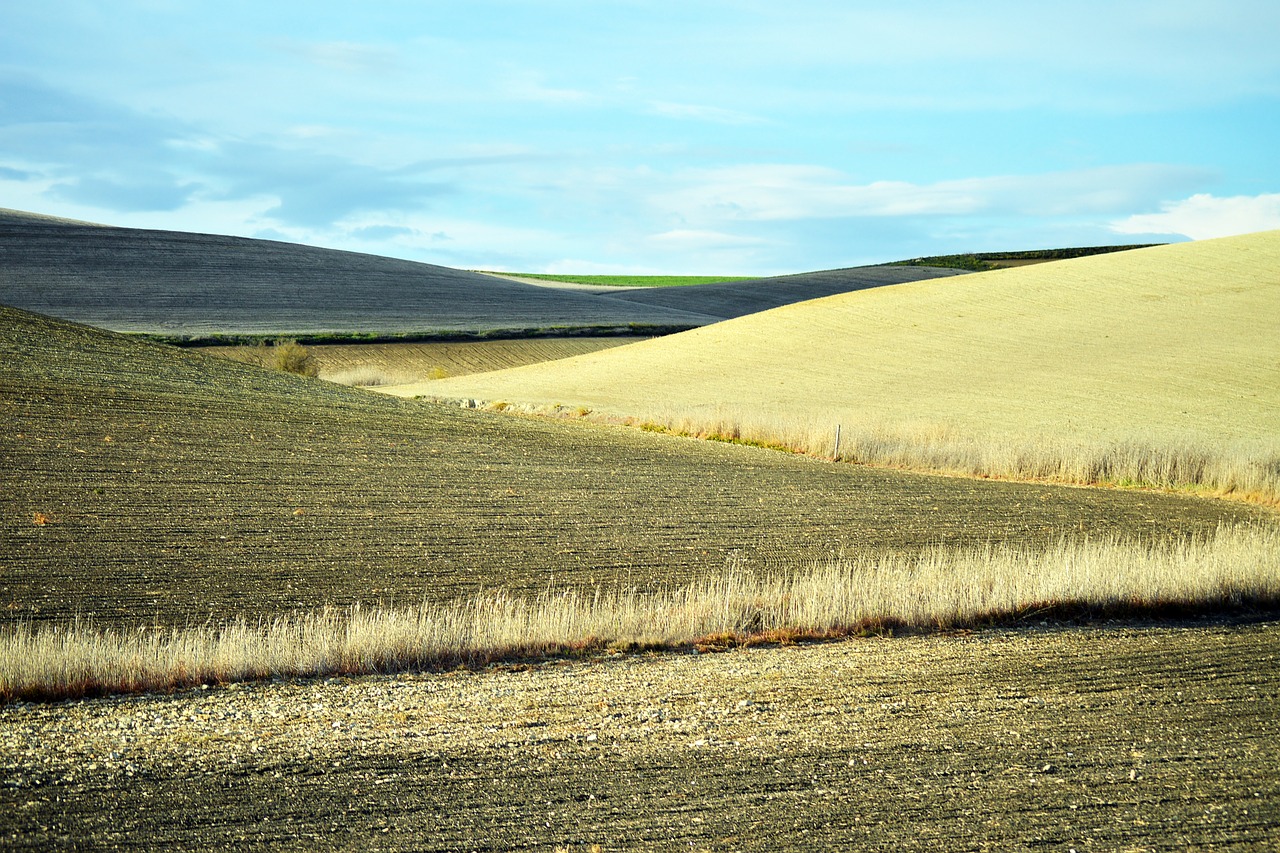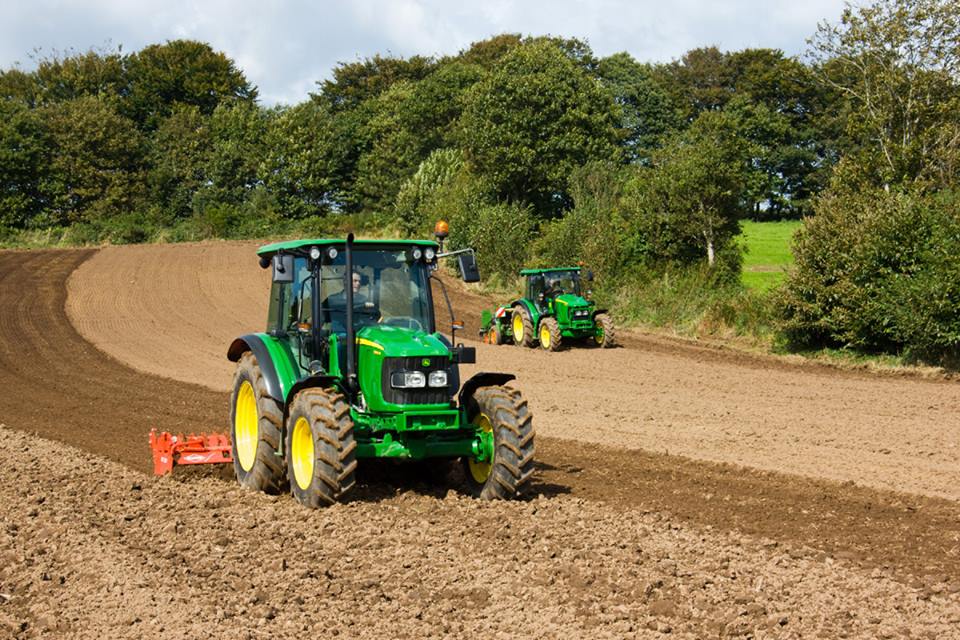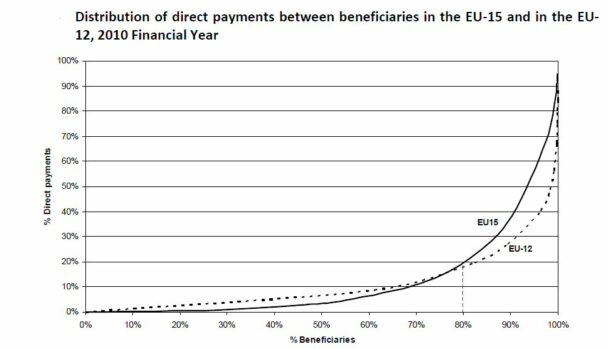DG AGRI has published its latest breakdown of the distribution of direct payments in financial year (FY) 2017, which refers to payments made to farmers in the claim year (CY) 2016. The report itself has less text than usual, but lots of graphs showing the distributions of payments and recipients for the EU28 and by country. The detailed tables showing the numbers behind these graphs are given in the statistical annex.
A couple of points are worth remarking. The tables distinguish between the distribution of decoupled payments, other direct payments and total direct payments. The decoupled payments include the basic payment, greening payment, redistributive payment, young farmers’ payment, and the payment to areas facing natural constraints in Pillar 1.… Read the rest





